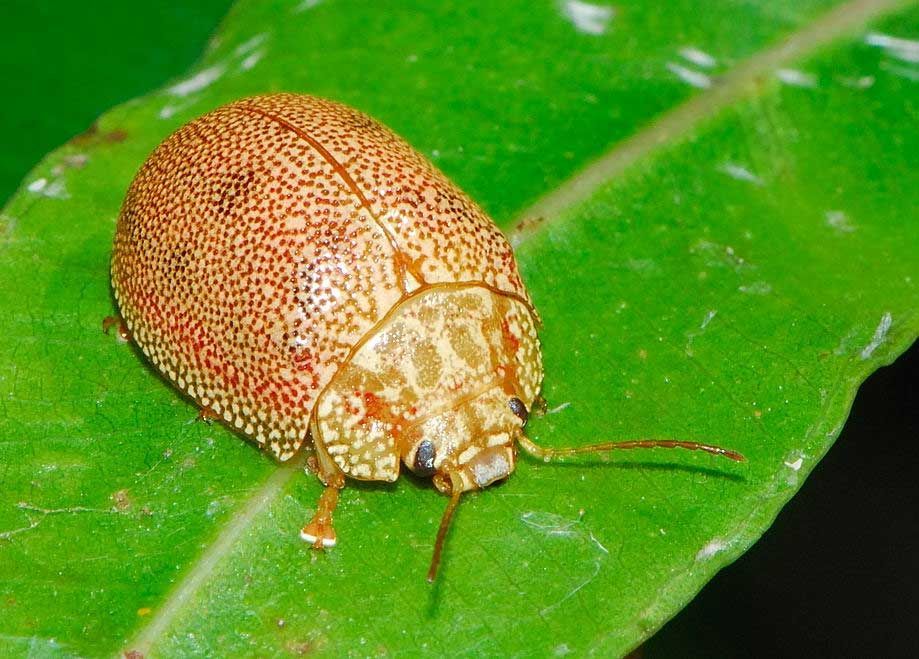The Role of Microbes in Tree Health: A Vital Connection
As we delve into the world of trees, it’s easy to overlook the tiny heroes that play a crucial role in their health: microbes. These microscopic organisms are fundamental to the well-being of trees and their surrounding ecosystems. Here’s why understanding and nurturing microbial life is essential for tree health.
1. Nutrient Cycling
Microbes are key players in breaking down organic matter, such as dead leaves and wood. This decomposition process releases essential nutrients back into the soil, making them available for tree roots. Healthy soil teeming with microbes ensures that trees receive the right balance of nutrients needed for growth. When applied in the fall, these microbes work throughout our winter months breaking down vital nutrients that are available to plant roots as soil heats up. In our Southern California climate, activity in the soil persists as opposed to other parts of the country where soils become too cold for activity.
2. Soil Structure Improvement
Beneficial microbes, such as fungi and bacteria, contribute to soil structure by forming aggregates. This improved structure enhances aeration, water retention, and root penetration. A well-structured soil allows trees to access water and nutrients more effectively, promoting overall vitality. Pore space is created by microbes, allowing roots to develop in even the most compacted soils. Consult with an Urban Forest Expert to identify you key issues and how to address them.
3. Mycorrhizal Relationships
One of the most fascinating aspects of tree health is the symbiotic relationship between roots and mycorrhizal fungi. These fungi attach to tree roots and extend their own filaments into the soil, increasing the surface area for nutrient absorption. In exchange, trees provide the fungi with carbohydrates produced through photosynthesis. This partnership significantly boosts tree health and resilience. Our fertility plans include several microorganisms, mycorrhizae being a core component.
4. Disease Resistance
Microbes can also protect trees from harmful pathogens. Beneficial bacteria and fungi compete with harmful microbes for resources and space, effectively acting as a natural barrier. Additionally, some microbes can produce substances that inhibit the growth of pathogens, providing trees with an added layer of defense. Certain microbes can even break down the cell walls of fungal pathogens. Microbes out-perform the power of synthetic fungicides in many instances. Consult with our Urban Forest Experts to learn more about the power of proper tree and soil care.
5. Enhanced Water Uptake
Microbial communities in the soil help improve a tree’s ability to absorb water. Fungi, in particular, can access moisture from smaller soil particles that roots might miss. This increased efficiency is especially important during dry spells, ensuring that trees remain hydrated and healthy.
6. Promoting Biodiversity
A healthy microbial ecosystem supports greater biodiversity in the soil. This diversity creates a balanced environment where various organisms coexist, each contributing to nutrient cycling, disease resistance, and soil health. A rich microbial community is a sign of a robust ecosystem, which benefits trees and other plants.
Conclusion
The health of our trees is intricately linked to the invisible world of microbes. By fostering healthy soil ecosystems and recognizing the importance of these tiny organisms, we can ensure our trees thrive for generations to come.
Let’s celebrate the vital role of microbes in tree health and take steps to nurture them—your trees will thank you! Reach out to our team of Urban Forest Experts to unlock the magnificent potential of the trees in your landscape.
Happy fall tree care! 🌳🌿



